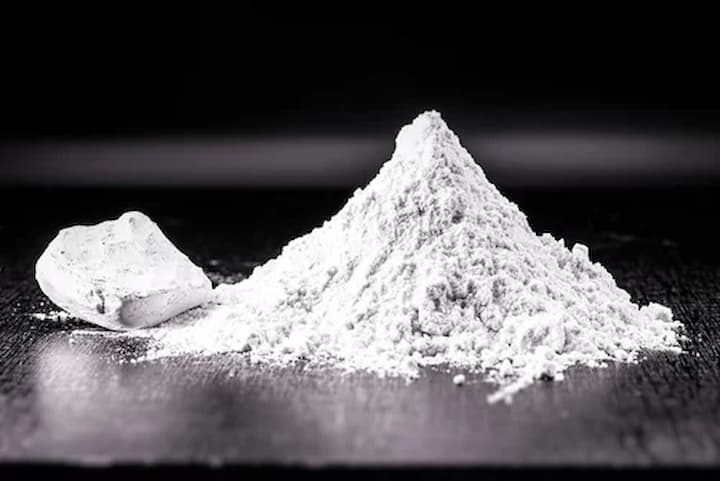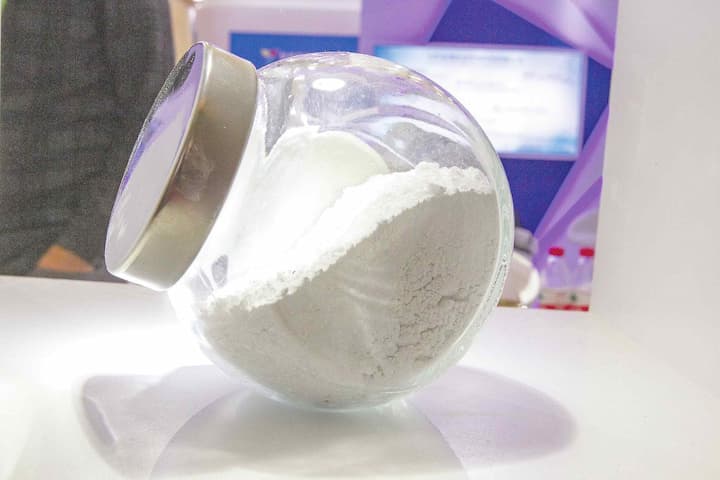Reasons to Explore the Types of Ceramic Powders for Your Pottery
Pottery is one of those hobbies that pulls you into a whole new world, and once you’re in, you just can’t get enough. There’s something magical about how everything comes together, the texture, the colour, and the finish. And what plays a huge part in how your pieces turn out? The materials you use.
For instance, you wouldn’t use the same materials for something delicate like porcelain as you would for a sturdy stoneware mug. Different types of ceramics powder are needed for different pottery creations. That’s why it is important to take time and explore the specifics of each type of powder and see how it helps with the strength and structure, finish or colour.
China Clay: The Foundation of Fine Pottery
China clay is the main ingredient in porcelain and other fine white clay bodies. So, if you’re planning to create porcelain, you’ll want to specifically look for ceramic powder labelled as china clay or kaolin.
Kaolin is soft, white, and pure—qualities that make it ideal for achieving those smooth, clean finishes.
What makes this powder so special? It’s the fine particles that give porcelain its delicate translucency. When fired at high temperatures, china clay becomes incredibly smooth yet hard enough to be used for fine china, tiles, and sculptures. The smoothness also makes it easy to mould and shape, allowing you to create highly intricate designs.
And it’s not just about aesthetics. Kaolin also performs well structurally. One of the reasons it’s so popular is that it holds its shape exceptionally well during firing. Because it doesn’t shrink much, it’s ideal for creating delicate pieces that won’t warp in the kiln. The end result is sturdy yet refined. So, if you’re aiming for an elegant, polished finish, china clay is your go-to choice.
Bone Ash: Develop Rich, Glossy Surfaces

Bone ash is another common type of ceramic powder, commonly used in making fine china and stoneware. As the name suggests, it’s derived from calcined animal bones. When blended with clay, it forms a mixture that gives pottery a smooth, glossy surface.
Those beautifully shiny pieces you often admire? Many of them are made using bone ash. This powder not only enhances the shine but also adds durability, giving your pottery a more luxurious and long-lasting feel. Bone ash is a great choice if you’re looking to create refined, high-quality pieces that are both beautiful and robust.
Alumina: The Ultimate Strengthener
If you need a clay body that can withstand intense heat and pressure without cracking, alumina is your answer. Often referred to as the secret ingredient for strength in ceramics, alumina comes in two types: calcined and hydrate.
Calcined alumina has been heat-treated, making it more stable and perfect for adding strength to ceramic pieces that need to endure extremely high temperatures. Its toughness and resistance to heat make it a go-to material for kiln shelves and refractory wares.
Alumina hydrate, on the other hand, hasn’t been fired and still contains water. This makes it ideal for use in glazes, where it helps control melting behaviour and ensures an even, smooth surface. Depending on your project, choosing the right type of alumina will help you achieve the best results.
Calcium Chloride: Prevents Cracking in Glazes
Calcium chloride powder is often used to prevent glaze from cracking after firing. Those tiny hairline cracks that sometimes appear are known as crazing, and they occur when the glaze and clay body shrink at different rates. Adding calcium chloride helps reduce this tension by making the glaze fit better with the underlying clay.
Even a small amount of this powder can significantly improve your final result, ensuring a flawless, crack-free surface.
Dolomite: Increases the Durability and Hardness

What makes some ceramics or glass pieces more long-lasting than others? Often, it’s dolomite. This mineral is added to ceramic bodies to increase hardness and durability, helping prevent breakage and wear over time.
Dolomite also works wonders in glazes. When combined with metal oxides, it helps create soft, blended colours that are visually pleasing. In addition, it controls thermal expansion and contraction, helping to prevent surface cracking. A little dolomite can go a long way in improving both strength and appearance.
Bentonite: Enhances Clay Plasticity and Glaze Suspension
If you’ve ever worked with clay that felt dry or brittle, bentonite can be a real lifesaver. It improves plasticity, making the clay easier to shape and less prone to cracking while being worked.
Bentonite also plays a key role in glaze suspension. It keeps glazes evenly mixed, preventing them from settling or separating. This results in a smoother, more consistent application. For both beginners and experienced potters, bentonite is a helpful addition to improve both workability and final finish.
Exploring different types of ceramic powders opens up a whole new world of possibilities for your pottery. Understanding what each powder does will not only improve your technique but also help you create pieces that are as strong as they are stunning.
